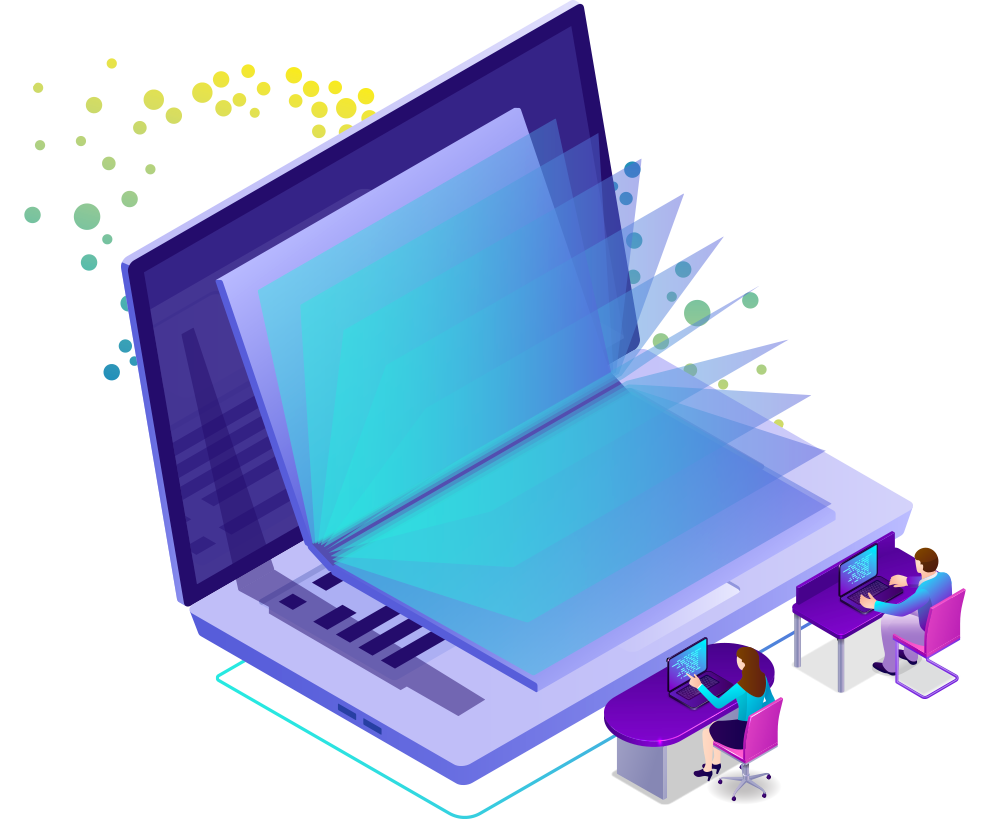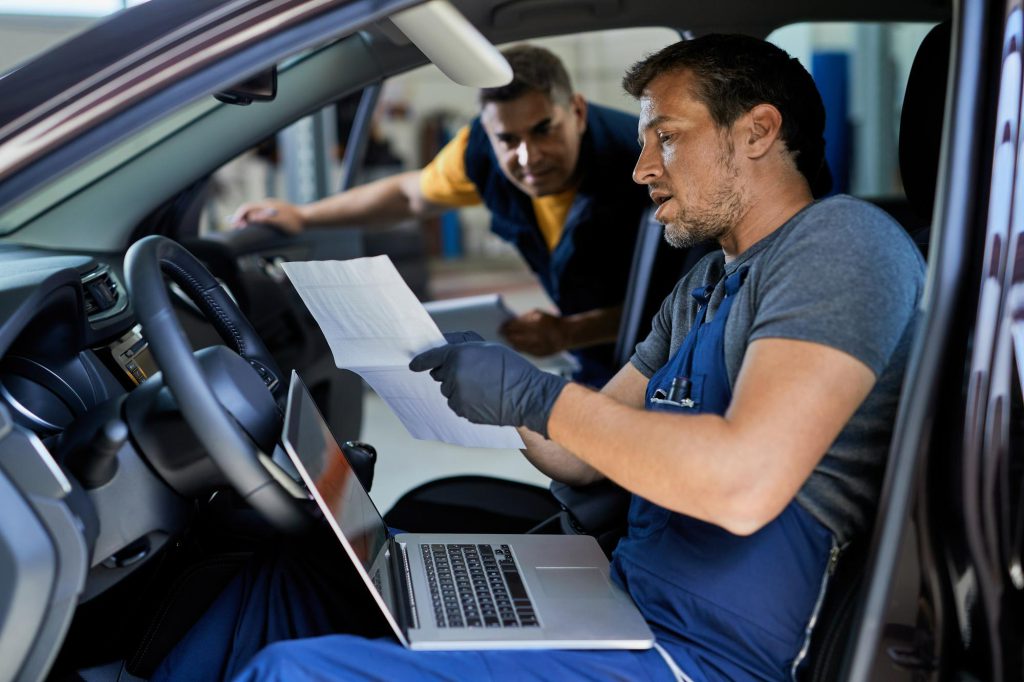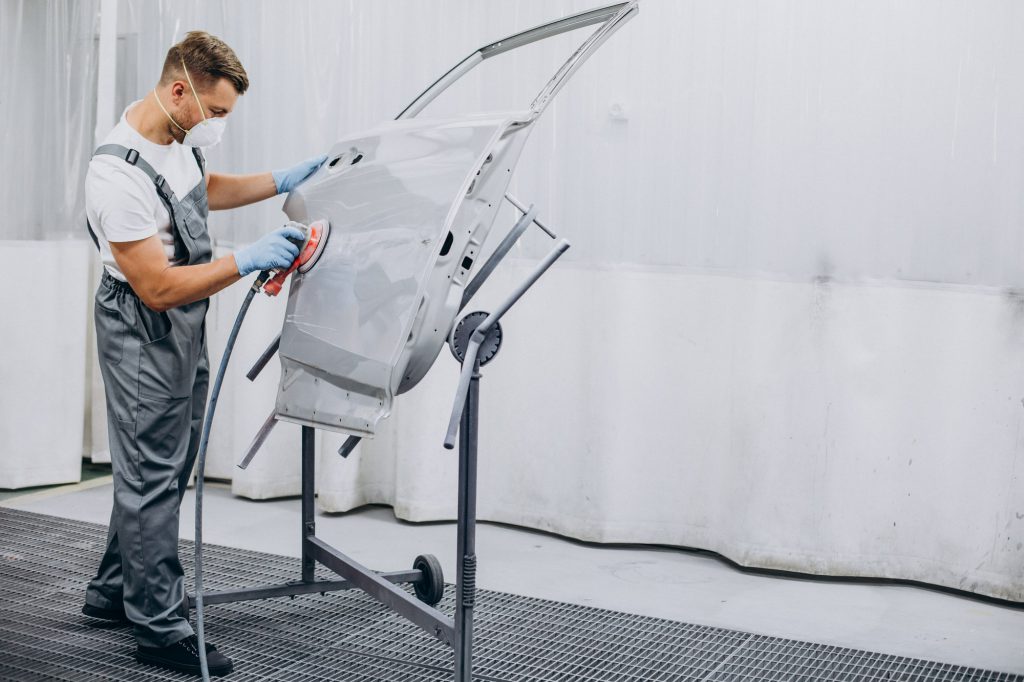
Personalise a learning course through scenario-based learning
This practice is about making theoretical classes more attractive: by combining a class given inside the Vehicle Maintenance workshop (instead of regular classroom), and the use of a LMS and digital resources to validate their comprehension of the concepts seen in class.
France / Institut des métiers de Clermont-Ferrand
The purpose was to use scenario-based learning and different teaching methods in order to personalise learning paths.
Following the evolution of learners’ habits (decrease of learners motivation, recurrent conflicts in class…), our VET center has implemented (from 2013) differentiated instruction practices by favouring active learning methods and by introducing digital tools.
It started with the help of Innov'CFA project, launched by ANFA and aimed at implementing innovative teaching practices in VET centers. It consisted of one year of support in using digital tools (touch tables, augmented reality, QR codes, smartphones, etc.), as well as in developing new teaching methods (creating scenario-based learning, digitalisation of courses, etc.).
The COVID crisis has favored the implementation of an LMS, and the use of digital tools.
The institute currently has 3 computer rooms equipped with video projectors, a mobile digital touch-screen TV, 10 computers per room, and a series of laptops for high numbers of students. The rooms can be transformed if needed: they are glazed and communicate among others.
Scenario-based learning requires us to think, based on the objective we would like to achieve as a team, about how we can get the learner to achieve this objective. This involves pre-requisite tests, activities adapted to the audience, intermediate evaluations and various methods to avoid boredom. Depending on the subject and on the public, different types of scenarios are used.
There can be several levels of scenario:
- linear scenario where everyone does the same thing
- parallel scenarios offering several choices, for example when the trainer wishes to adapt the training to several situations (different groups or different subjects).
It takes an afternoon to develop a small scenario on a simple activity of 4 activities.
Moodle has been used before covid but in an unstructured and infrequent way.
System Functional Analysis (usually classroom-based)
All types of learners could be beneficiaries
At first, I put all the EQF level 3 courses on the Moodle platform. Now I create scenarios directly on Moodle thanks to the different features of this LMS.
I use Moodle systematically with small groups of learners (2 - 3 times every month), I vary with large groups because different strategies should be used.
The learners progress at their own speed. Sometimes I make them work in groups or independently.
I often use the "drivers" who understand more quickly. I assign another activity to the learner who finished earlier than the others, and he/she becomes a tutor for a learner in difficulty.
Another example, learners who join the course throughout the year: I isolate them during first few weeks, and I unlock only the most important activities on Moodle. This way, they get "accelerated" training to catch up. Before, I provided them with photocopies of the course.
The forum is mostly used in distance learning, especially in order to challenge students for a short period of time (the first one to respond gets 3 or 4 points).
Teaching scenarios, training courses on Moodle, self-training modules produced by Scenari Opale, quizzes
I can't imagine systematically returning to lectures. These new methods have proved their worth since 2013.
-More motivated learners, more effective learning
-Diversification of teaching methods
-More motivated trainers
Attention: the implementation of this digital practice is not systematic. There is no standard training that works, it depends on the type of audience and the number of learners.
It is more or less developed according to the academic discipline dealt with and the diplomas. The training courses are partially developed with these practices. It takes a lot of time to build such courses.
We have a difficult audience, we have to juggle with activities (no more than 2-3 activities in a row in the same format, otherwise a routine sets in and learners lose motivation). At the same time, these learners may have difficulties in re-appropriating new tools.
There are always reluctant people who prefer expository methods, saying "you don't explain on the board".
It is difficult to get learners to work at home. So the flipped classroom is difficult to achieve because learners are not interested, even if they are rewarded with points.
It is difficult to personalise lessons for large groups (more than 15).
The activity that interests learners the most is changing practices.
My learners prefer different types of quizzes, especially those with a podium at the end.






